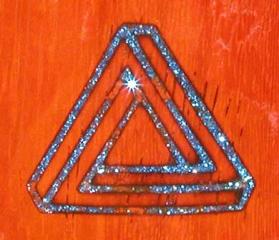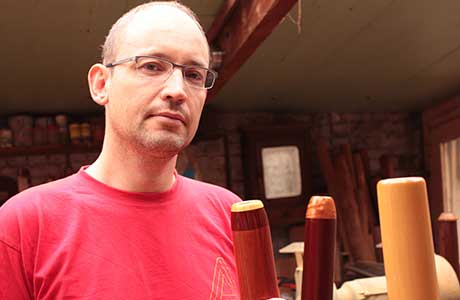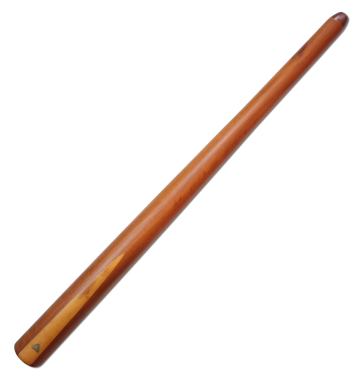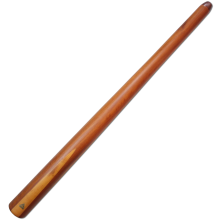Alex Didg D Signature Othello Ravez
My comments: Alex Didgeridoo made this didgeridoo with the help of Othello Ravez. With one goal: to promote the partnership between an artist and a manufacturer to develop a very specific instrument. Through traditional learning and contemporary exploration of the instrument, Othello creates a unique and captivating musical universe. The air column of this instrument is relatively open, which gives an air-intensive didg but which maintains very comfortable playability, and which is ideal for playing Cheek/Diaphragm... The rebound of the diaphragm is very flexible and the cheeks empty with ease, while the overvibrations are simply magnificent and well distributed! Alex was able to find a balance that offers extra warmth and sonic presence!
Othello talks about his didgeridoo “This didgeridoo means a lot to me. This is the first didgeridoo discussed together with Alex to move towards an instrument that suits me as much as possible. This D is an open didgeridoo, with a very present bass, clear, warm and well balanced. It leaves room for harmonics which stand out with ease, clarity and softness. A sound with a warm, clear timbre emerges. A power in its roundness, a perfect balance of the voice, the depth of the attacks, even the percussion playing outside the didgeridoo: udu (poté) style. The sound of this didgeridoo has always been noticed and appreciated by orchestral musicians and jazz musicians, as well as many didgeridoo players of all styles. Even before its creation, with Alex but also with Gauthier we discussed at length in detail the possibilities that this future didgeridoo could offer. By talking about it, he appeared to me in my dreams. When I first held it in my hands it was as in my dreams as I hoped it would be. This is certainly one of Alex's finest achievements. »
- Silver Class: superior instruments
- Instrument guaranteed for 3 years by Alex
- Shipping costs are free! (only for France)
- Free carrying case !
Classification
This scale is the result of an air column/bell start ratio If we divide the diameter of the bell with that of the beginning of the air column we get a number between 1.5 and 3.5. We can classify all the didgeridoos in 4 large families. Each family groups the instruments with a similar character, simply based on the overall shape of the air column (conical/cylindrical) and on the diameter of the column (wide/narrow). The result is a simple and very reliable reading grid, making it easier to search and purchase on line.
The diameters are measured with a caliper, start of the air column after the mouthpîece. This ratio is very reliable for a didg having a air column with a 'smooth' internal work, in the case of a hollowed eucalyptus instrument it give an approach of the instrumental character.

Alex Didgeridoo
French manufacturer of didgeridoos using the Sandidg method
Alex, who is he?
"My passion for making didgeridoos came to me quite naturally in 1994, when I first discovered the instrument. I then made maple instruments in the family woodworking workshop. But it wasn't until many years later, during my first trip to Australia, that I became interested in making didgeridoos from termite-hollowed Australian eucalyptus. Since then, I have worked with multiple types of wood and developed various manufacturing techniques. Always remaining curious about new woods, new protective materials, and new instruments, I am constantly enriching my skills and expanding my range of instruments."

How does Alex make his didgeridoo?
"The technique I use involves making the instrument in two parts, then gluing these parts together. The main distinguishing feature of the 'sandwich' didgeridoos I make lies primarily in the choice of wood; I don't choose a branch as a starting point, as many do, but I buy freshly cut or planed wood, perfectly dry, carefully selected, and of high quality, which I then completely carve inside and out. This method allows me to create any shape; my only constraint is the dimensions of the original piece of wood." Alex

